What Can We Help You Find Today?
Frequently Searched for:
- Routing Number: 313083659
- Auto Loans
- Mortgage
- Checking Account
- Hours & Locations
- Contact Us

Originally founded on October 21, 1937, towards the end of the Great Depression, Houston Police Credit Union was created by Houston Law Enforcement to establish a financial institution owned and operated by the local police force—a financial cooperative. Their mission was to provide reasonably priced loans and a safe place for life savings for Houston Police Department employees and their families.
The credit union had 14 charter members and was initially a meager operation. When a member-owner wanted to apply for a loan, an appointed Law Enforcement officer would take the paperwork in his squad car to the member-owner and then return the forms to the credit union, which was originally a small office in HPD's Property Room. Alex Laux was the first approved loan. The loan limit was $25.00.
In 1966, with over 2,150 member-owners and $2.5 million in total assets, the credit union grew large enough to warrant moving out of HPD headquarters and into a separate building. Located at 1600 Memorial Drive, it is still in use as the main branch today.
Membership, assets, and product and service offerings have continued to increase over the years. With a board of directors comprised of HPD executives and officers, the credit union has remained relevant to its member-owners' lives, even adapting the drive-up at the main branch to accommodate various official vehicles including SWAT trucks and helicopters.
As our membership has grown, so has the credit union. As of 2022, the credit union serves HPD staff, employees, and their families in three locations. Membership has grown to over 31,700, and assets have reached over $961 million.
As of 2024, the credit union serves HPD staff, employees, and their families in three locations. Membership has grown to over 31,400, and assets have reached over $927 million. From serving academy recruits with equipment loans to retirement savings and planning, our credit union has become a vital part of our member-owners’ lives through every stage of their career.
To maximize member value through relevant products, superior service and sound financial management.
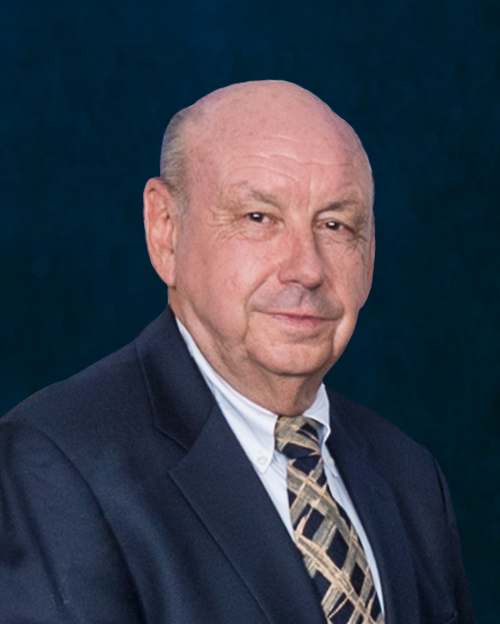
Bobby Camp
Chairman

Milton "Wyatt" Martin
Vice Chairman

Richard Retz
Secretary-Treasurer
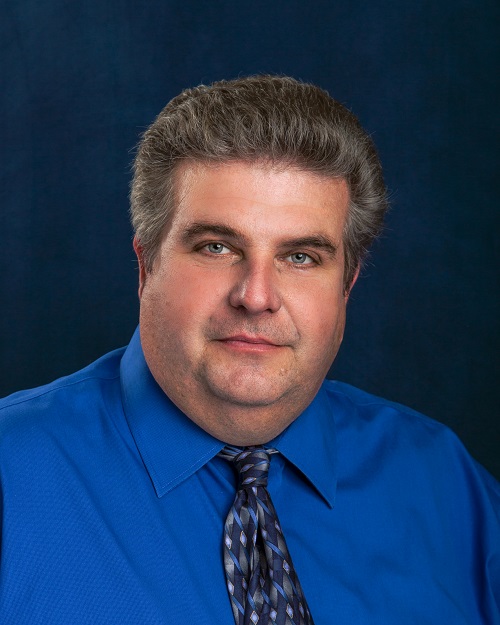
Mark Smith
Assistant Secretary-Treasurer

Scott Simmons
Member
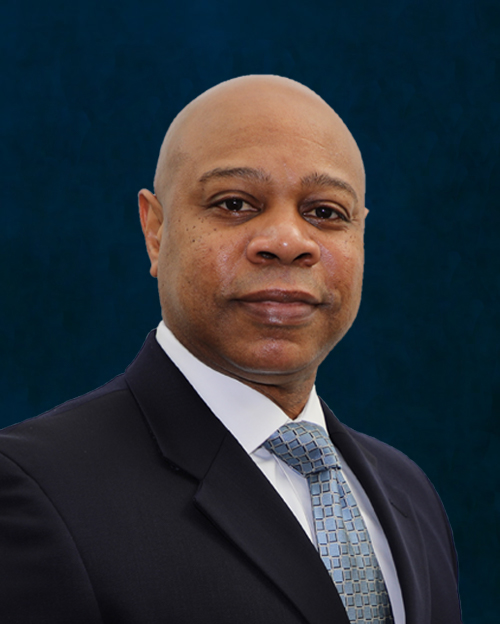
Steven Jolivette
Member
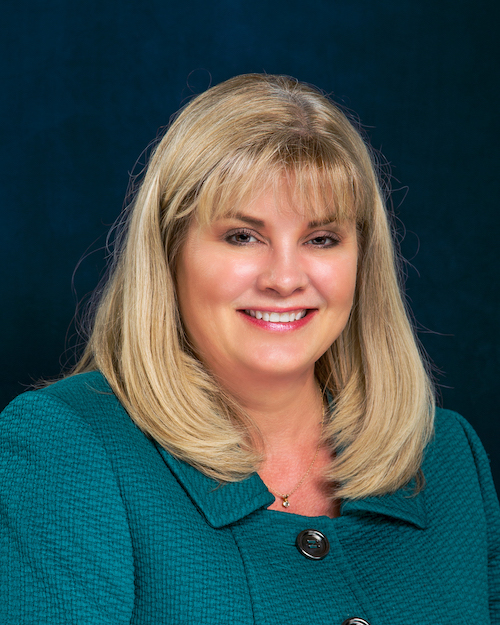
Kimberly Foster
President/CEO

LeDetri Jenkins
Executive Vice President/CFO
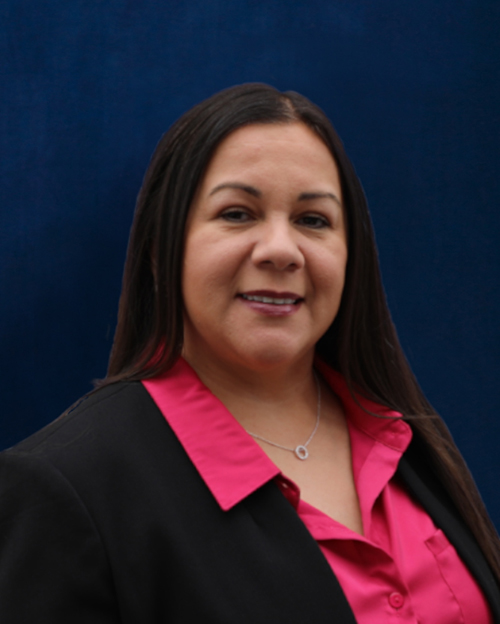
Patty Brennan
Vice President/CAO
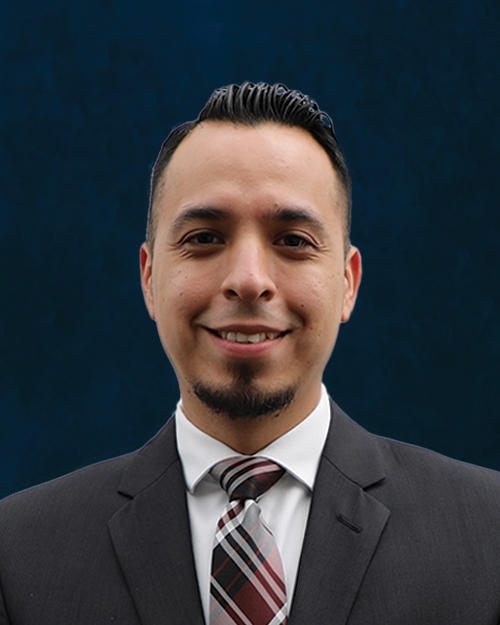
Michael Botello
Vice President/CLO
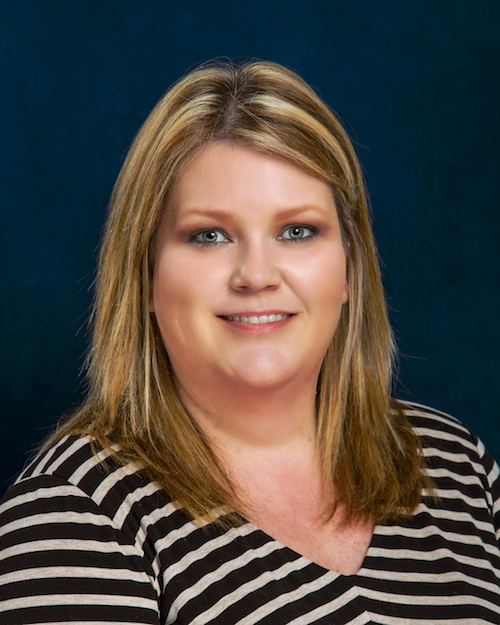
Darlene Davis
Vice President/COO
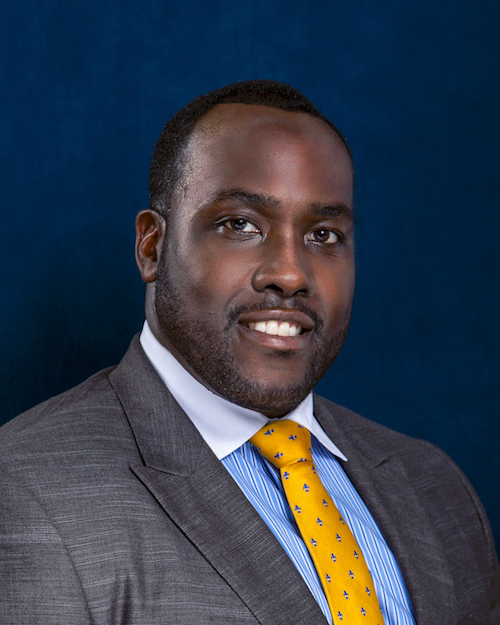
Willie Porter
Vice President/CBO

Wayne Stafford
Vice President/CIO

David Key
Assistant Vice President
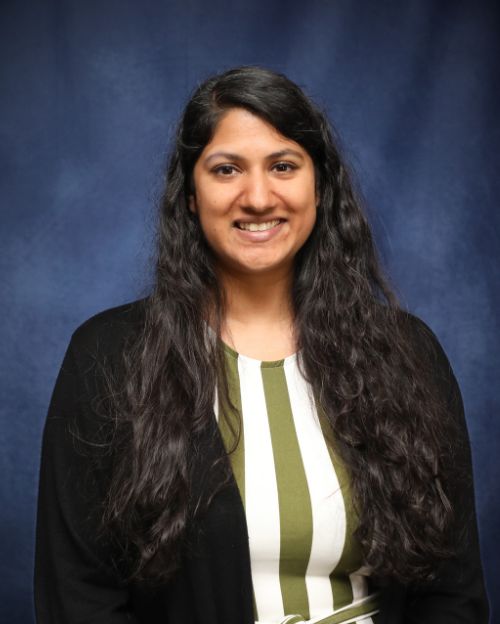
Trusha Patel
Assistant Vice President
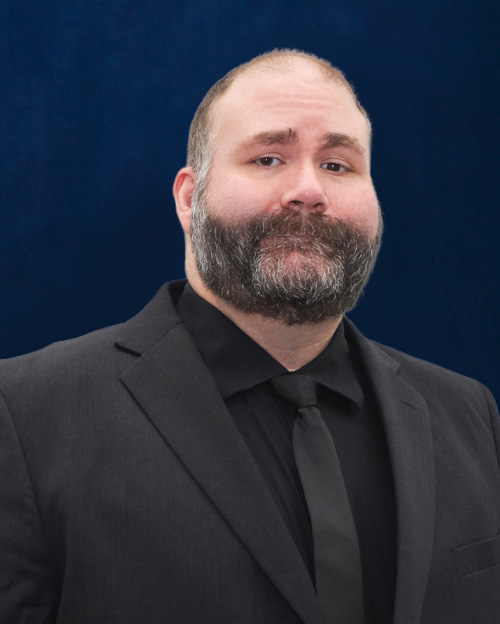
Jesse Schroeder
Assistant Vice President
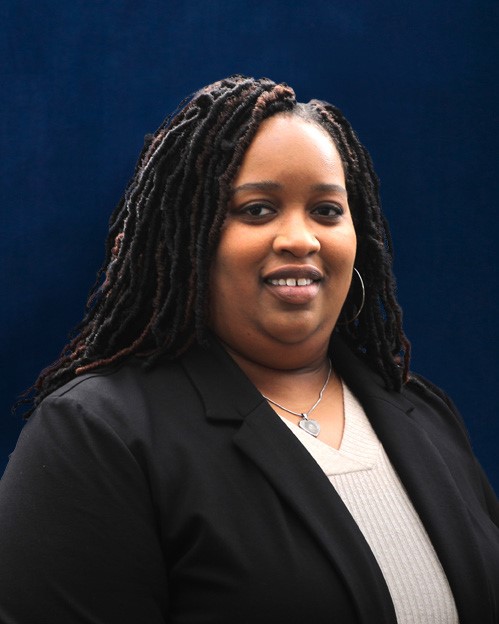
Gerasia White
Assistant Vice President
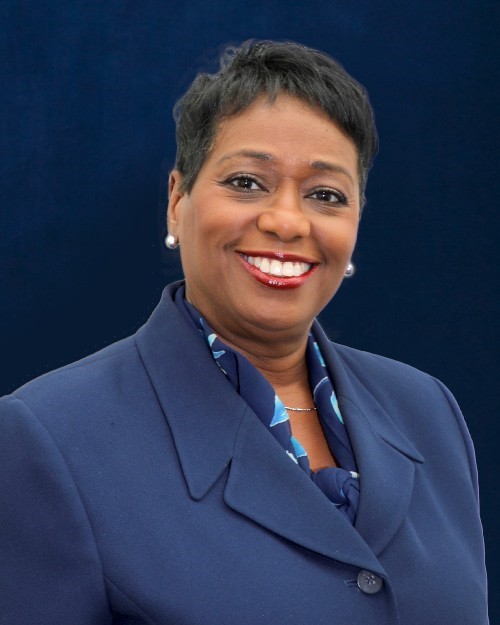
Kimberly Wooden
Assistant Vice President

Teresa Curry
Chairman

Bridgett M. Taylor
Secretary
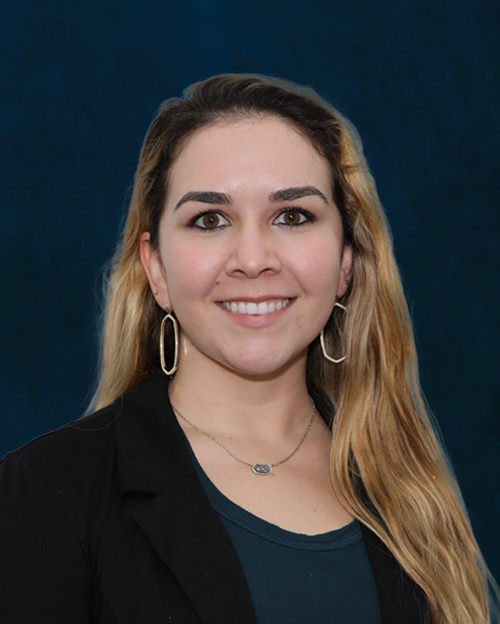
Jennifer Jung
Member
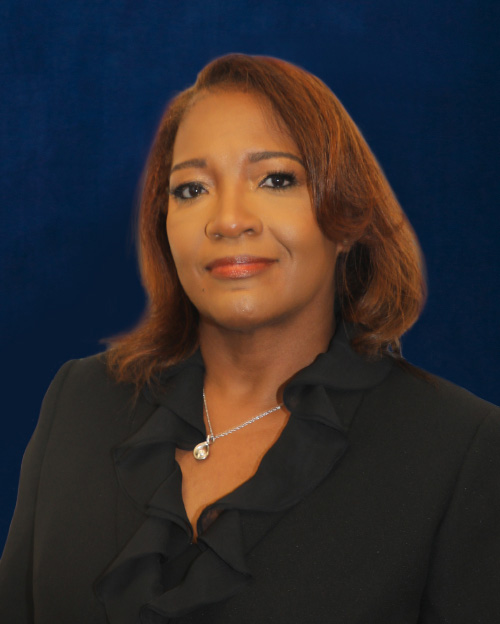
Rhonda Williams
Member

Adam Dudley
Member
.png?sfvrsn=8cc36dba_4)
Lawrence "Mike" Pate
Observer
Credit Unions are unlike any other financial institution. They are unique in that they are not-for-profit cooperatives owned by their member-owners. Credit Unions were built upon a cooperative movement more than 150 years ago. To this day, this cooperative philosophy of People Helping People
continues to drive the credit union movement. This page is a brief summary about credit unions and will help you understand the credit union difference.
A credit union is a member-owned financial cooperative. The concept of a financial cooperative is simple. Credit Unions are owned and operated by their member-owners who pool their savings and lend to each other. Serving member-owners is the reason credit unions exist. Every credit union operates democratically, and each member-owner has voting rights—one member-owner, one vote.
Not-for-profit, not for charity, but for service.Since all credit unions are owned by those who save and borrow there, they have no outside shareholders. Earnings are returned to member-owners through lower rates on loans, higher returns on savings, fewer fees, and better service to member-owners. Their not-for-profit status distinguishes each credit union as a business existing for a purpose other than enriching its board member-owners.
The first credit union was created in the mid-1800s in Germany during a crushing depression. Poor farmers got together to pool their money to escape the hold of local moneylenders. Interest rates were financially crippling, and credit unions offered a good alternative. The credit union idea soon spread to other parts of the world, and in 1900, the first credit union was organized in Canada. Nine years later, the first U.S. credit union opened its doors in New Hampshire. With the passage of the initial federal credit union law in 1934, credit unions were soon organized in all parts of the country. From the beginning, credit unions demonstrated that ordinary people could organize cooperatively to provide for their own financial safety and security. The same is true for credit unions today.
All credit union members own the credit union. Serving member-owners is its sole commitment.